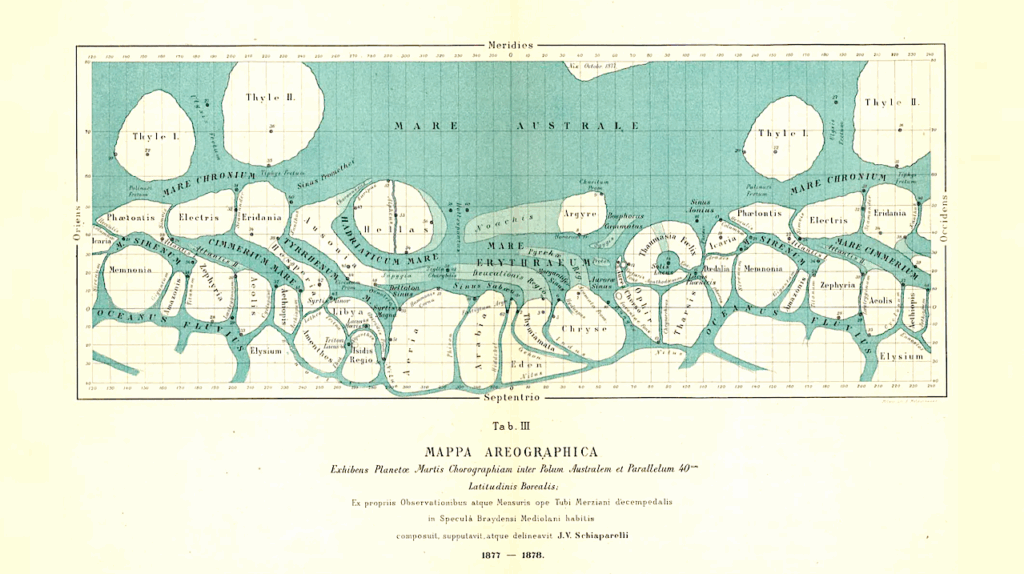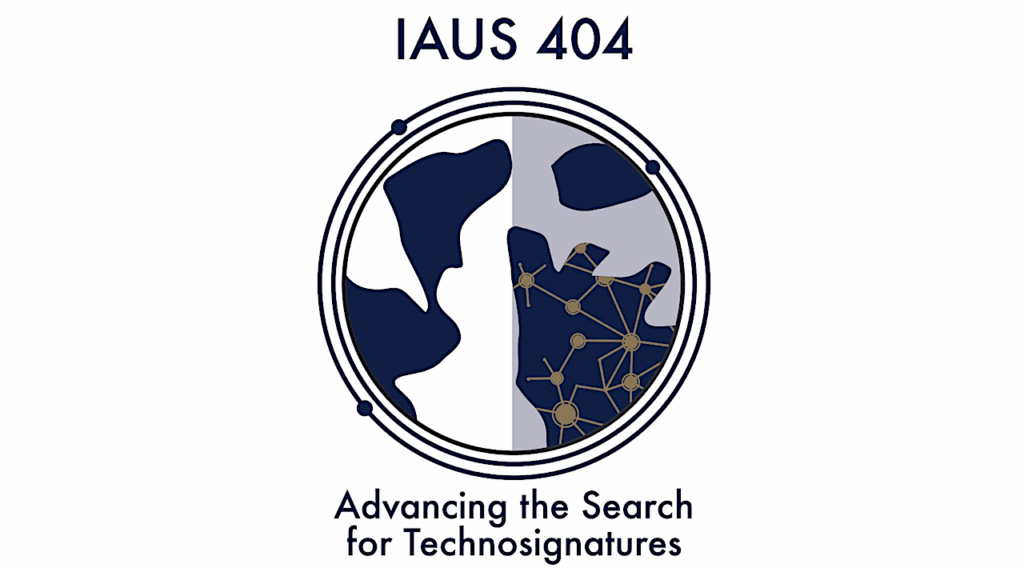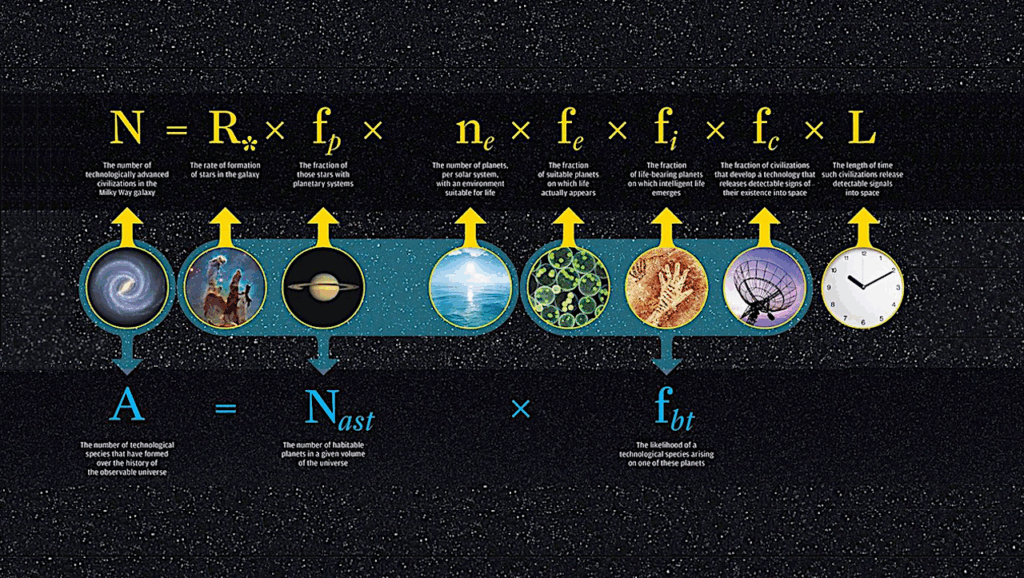Searching For Interstellar Quantum Communications

The modern search for extraterrestrial intelligence (SETI) began with the seminal publications of Cocconi & Morrison (1959) and Schwartz & Townes (1961), who proposed to search for narrow-band signals in the radio spectrum, and for optical laser pulses.
Over the last six decades, more than one hundred dedicated search programs have targeted these wavelengths; all with null results. All of these campaigns searched for classical communications, that is, for a significant number of photons above a noise threshold; with the assumption of a pattern encoded in time and/or frequency space. I argue that future searches should also target quantum communications.
They are preferred over classical communications with regards to security and information efficiency, and they would have escaped detection in all previous searches. The measurement of Fock state photons or squeezed light would indicate the artificiality of a signal. I show that quantum coherence is feasible over interstellar distances, and explain for the first time how astronomers can search for quantum transmissions sent by ETI to Earth, using commercially available telescopes and receiver equipment.
Michael Hippke
Comments: Accepted for publication in the Astronomical Journal (AJ)
Subjects: Instrumentation and Methods for Astrophysics (astro-ph.IM); Quantum Physics (quant-ph)
Cite as: arXiv:2104.06446 [astro-ph.IM] (or arXiv:2104.06446v1 [astro-ph.IM] for this version)
Submission history
From: Michael Hippke
[v1] Tue, 13 Apr 2021 18:43:12 UTC (1,362 KB)
https://arxiv.org/abs/2104.06446
Astrobiology, SETI,








